Repotting is one of the most essential skills every plant parent needs to master. It gives houseplants a fresh environment, room to grow, and renewed energy. Yet, for many people, repotting can be intimidating—so much so that they either put it off for too long or make avoidable mistakes that harm their plants.
The truth is, repotting is not just about moving a plant into a bigger container. It’s about understanding the plant’s needs, creating the right conditions, and handling the process gently so your green companion thrives instead of struggles. Unfortunately, even well-meaning plant lovers make common mistakes that lead to root rot, stunted growth, or even plant death.
In this guide, we’ll explore the top mistakes to avoid when repotting houseplants, along with practical tips on how to do it right.
1. Repotting at the Wrong Time
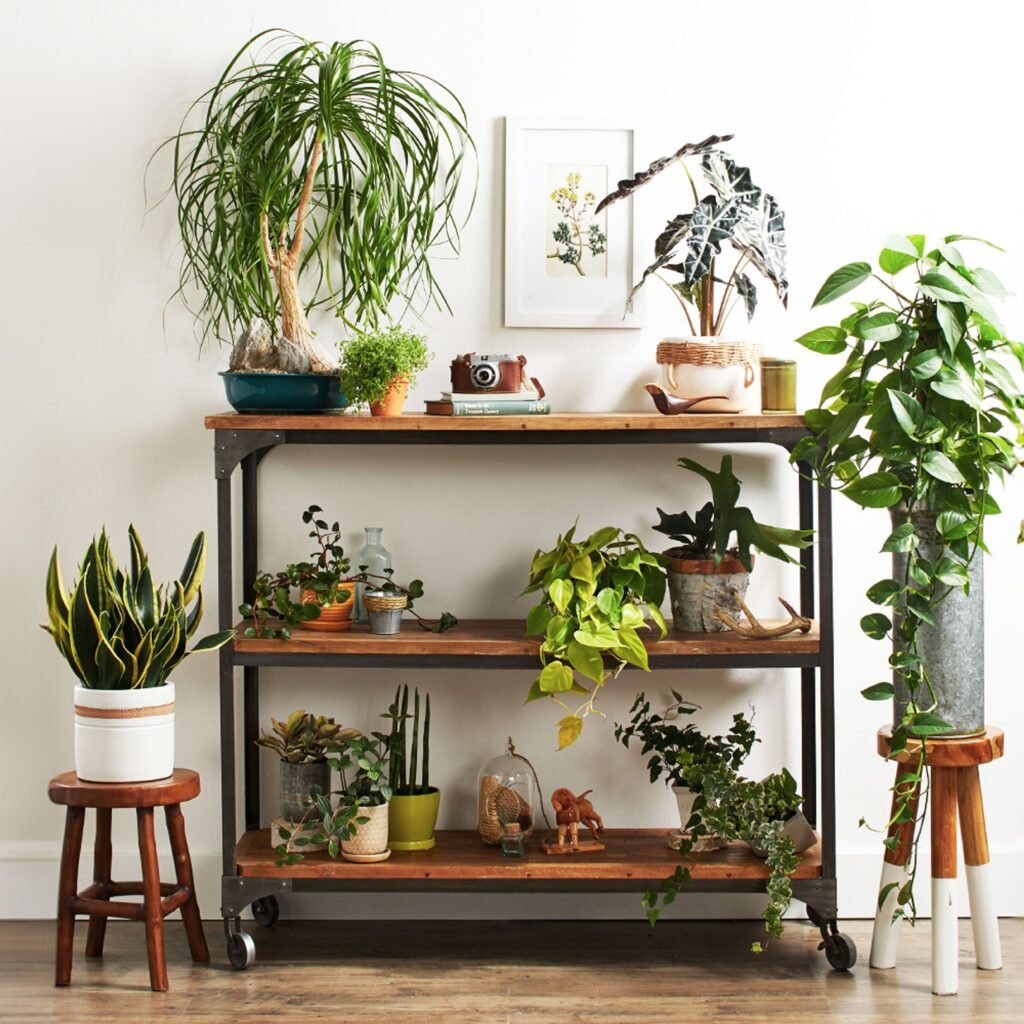
The Mistake
Many people repot whenever they feel like it, without considering the plant’s natural growth cycle. Repotting at the wrong time—especially during dormancy—can stress the plant.
Why It’s a Problem
During dormancy (often fall and winter), plants slow down their growth and focus on conserving energy. Moving them to new soil or disturbing their roots during this time forces them to adjust when they’re least equipped to do so.
The Fix
- Best time: Repot during the active growing season—spring or early summer. Plants recover faster, develop new roots, and adapt better to the fresh environment.
- Exceptions: Emergency repotting (like root rot or pest infestations) should be done immediately, regardless of the season.
2. Choosing the Wrong Pot Size
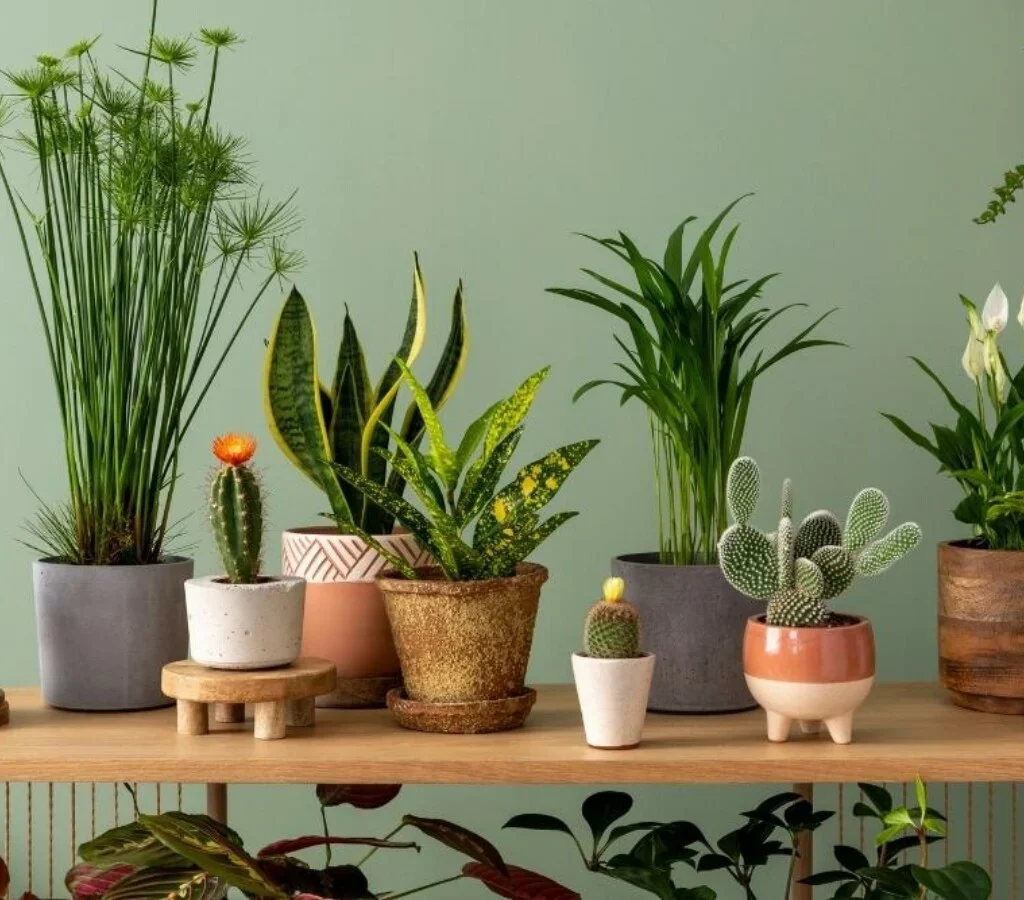
The Mistake
Either going too big (“my plant will grow into it”) or too small (“just a little bigger than the old one”).
Why It’s a Problem
- Too big: Soil in oversized pots retains too much water, leading to root rot.
- Too small: The roots remain cramped, defeating the purpose of repotting.
The Fix
- Go up only 1–2 inches larger in diameter than the old pot.
- Choose depth wisely—shallow pots for shallow-rooted plants, deep pots for deep-rooted ones.
3. Ignoring Drainage
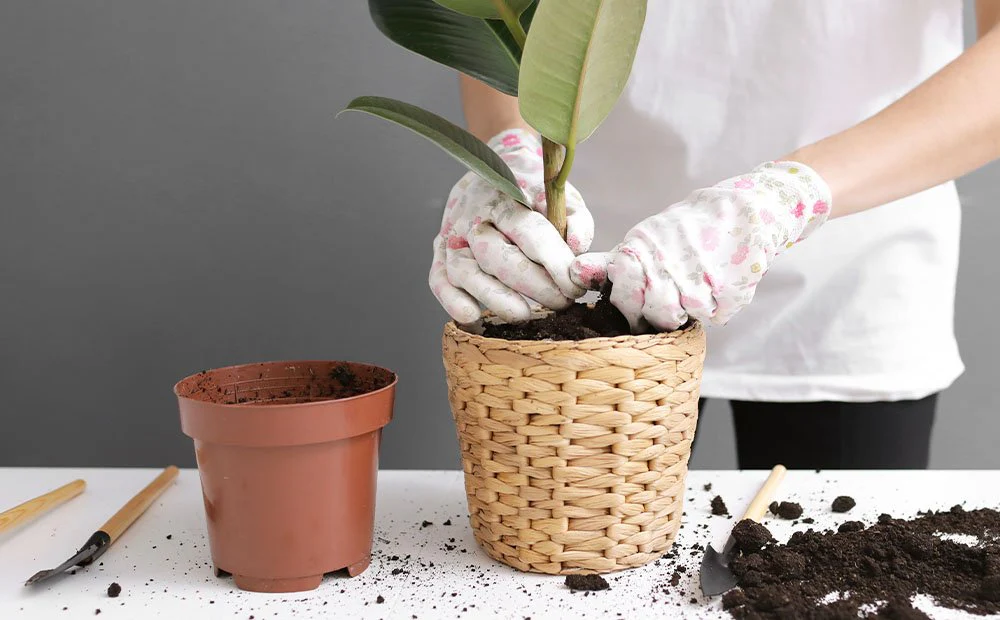
The Mistake
Using pots without drainage holes or forgetting to add drainage layers.
Why It’s a Problem
Without proper drainage, excess water accumulates in the pot, suffocating roots and inviting fungal infections.
The Fix
- Always choose pots with drainage holes.
- For decorative pots without holes, use them as cachepots (place a nursery pot with drainage inside).
- Add a thin layer of perlite, gravel, or broken pottery at the bottom if needed.
4. Using the Wrong Soil Mix
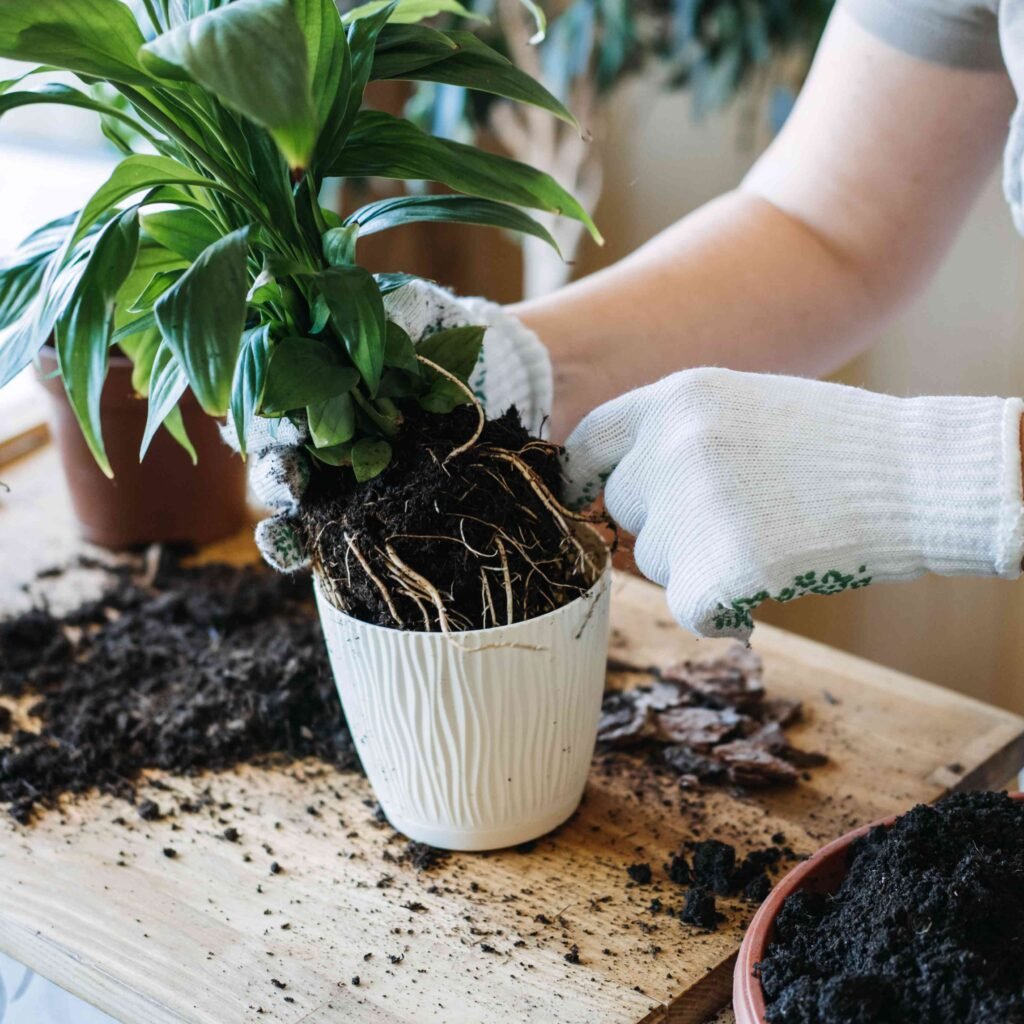
The Mistake
Scooping garden soil or using a generic mix for all plants.
Why It’s a Problem
Not all plants thrive in the same type of soil. Heavy garden soil compacts easily indoors and doesn’t allow for proper aeration.
The Fix
- Match soil to plant type:
- Succulents & cacti: Sandy, well-draining mix.
- Orchids: Chunky bark-based mix.
- Tropical houseplants: Peat or coco coir mixed with perlite.
- Always use fresh, sterile soil to avoid pests and diseases.
5. Disturbing Roots Too Much (or Too Little)
The Mistake
Some plant owners completely untangle or cut roots aggressively, while others don’t loosen them at all.
Why It’s a Problem
- Over-handling: Damages delicate root hairs, delaying recovery.
- Under-handling: Roots may continue to circle inside the pot, restricting growth.
The Fix
- Gently tease out circling roots with your fingers.
- Trim only dead, mushy, or excessively long roots.
- For rootbound plants, make small vertical cuts to encourage outward growth.
6. Planting Too Deep or Too Shallow
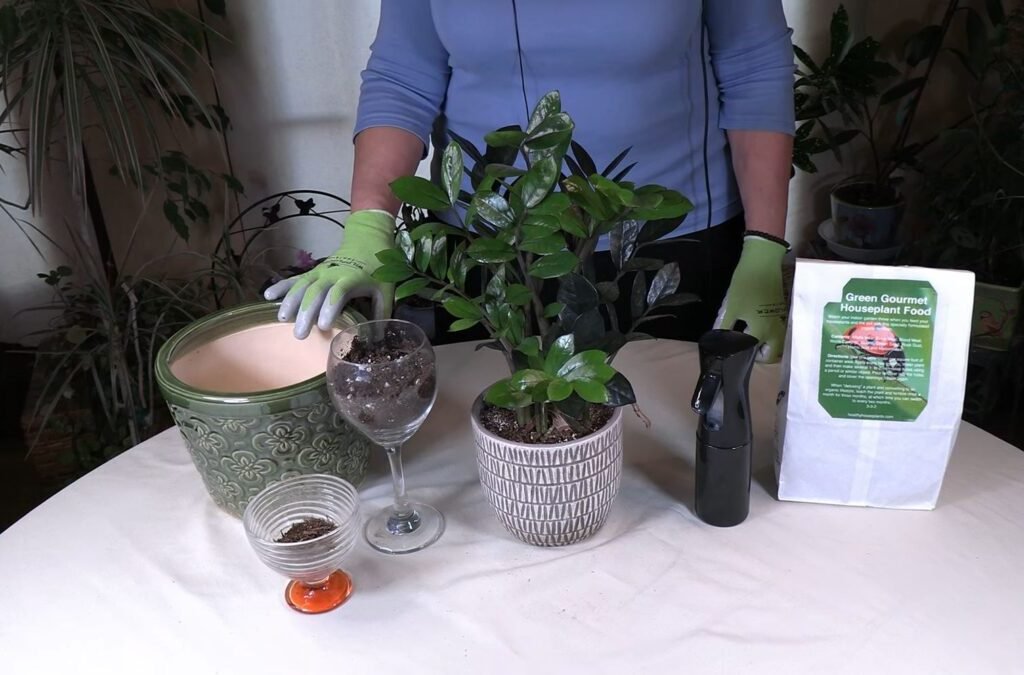
The Mistake
Burying the plant crown below soil level or leaving roots exposed.
Why It’s a Problem
- Too deep: Increases the risk of stem rot.
- Too shallow: Roots dry out quickly and fail to anchor the plant.
The Fix
- Keep the plant at the same soil level as before.
- Add soil gradually, firming it gently without compacting too hard.
7. Overwatering Right After Repotting
The Mistake
Flooding the pot with water immediately after repotting.
Why It’s a Problem
Newly disturbed roots are fragile and easily damaged by soggy soil. Excess water encourages rot before roots can reestablish.
The Fix
- Water lightly right after repotting—just enough to settle the soil around the roots.
- Resume regular watering once the plant shows signs of new growth.
8. Neglecting Aftercare
The Mistake
Assuming the plant is “set and done” after repotting.
Why It’s a Problem
Repotted plants often go through transplant shock, where growth slows or leaves droop. Without proper aftercare, they may decline.
The Fix
- Place in bright, indirect light (avoid direct sun until established).
- Maintain consistent humidity and temperature.
- Hold off on fertilizing for 4–6 weeks until roots recover.
- Be patient—slowed growth is normal for a short period.
9. Repotting Too Frequently
The Mistake
Repotting every time you feel like refreshing the plant, even when unnecessary.
Why It’s a Problem
Frequent root disturbance stresses plants and prevents them from settling into growth.
The Fix
- Repot only when necessary:
- Roots circling the pot.
- Soil drying out too quickly.
- Poor drainage or compacted soil.
- Visible root rot or pests.
10. Forgetting to Clean and Sterilize
The Mistake
Using dirty pots, tools, or soil.
Why It’s a Problem
Pathogens, pests, and bacteria can transfer easily, infecting your freshly repotted plant.
The Fix
- Wash pots with soap and hot water before use.
- Sterilize pruning shears with rubbing alcohol.
- Use only fresh, sterile potting mix.
Bonus: Not Considering the Plant’s Unique Needs
Every plant species has specific requirements. For example:
- Succulents prefer shallow pots and dry soil between waterings.
- Ferns thrive in moisture-retentive mixes.
- Orchids need airy, bark-based media.
Ignoring these differences leads to unnecessary stress or plant failure.
Conclusion
Repotting houseplants should be an exciting opportunity to help your plants thrive—not a stressful ordeal. By avoiding common mistakes like repotting at the wrong time, using poor soil, overwatering, or ignoring aftercare, you can ensure your plants transition smoothly and continue to grow happily.
Think of repotting as giving your plant a fresh start. With the right pot, soil, timing, and care, you’re not just moving a plant—you’re setting the stage for stronger roots, healthier growth, and years of enjoyment.
Remember: patience and gentleness go a long way when repotting. By learning from these mistakes, you’ll transform repotting into a positive, confidence-building part of your plant care routine.
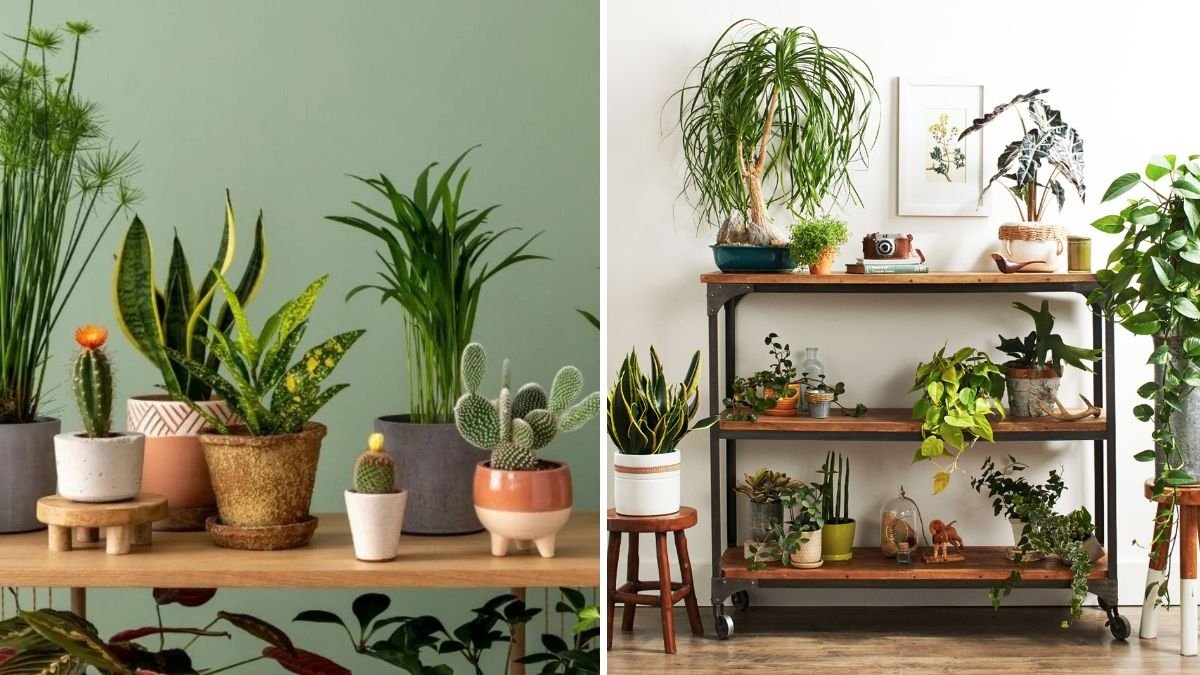




Leave A Comment